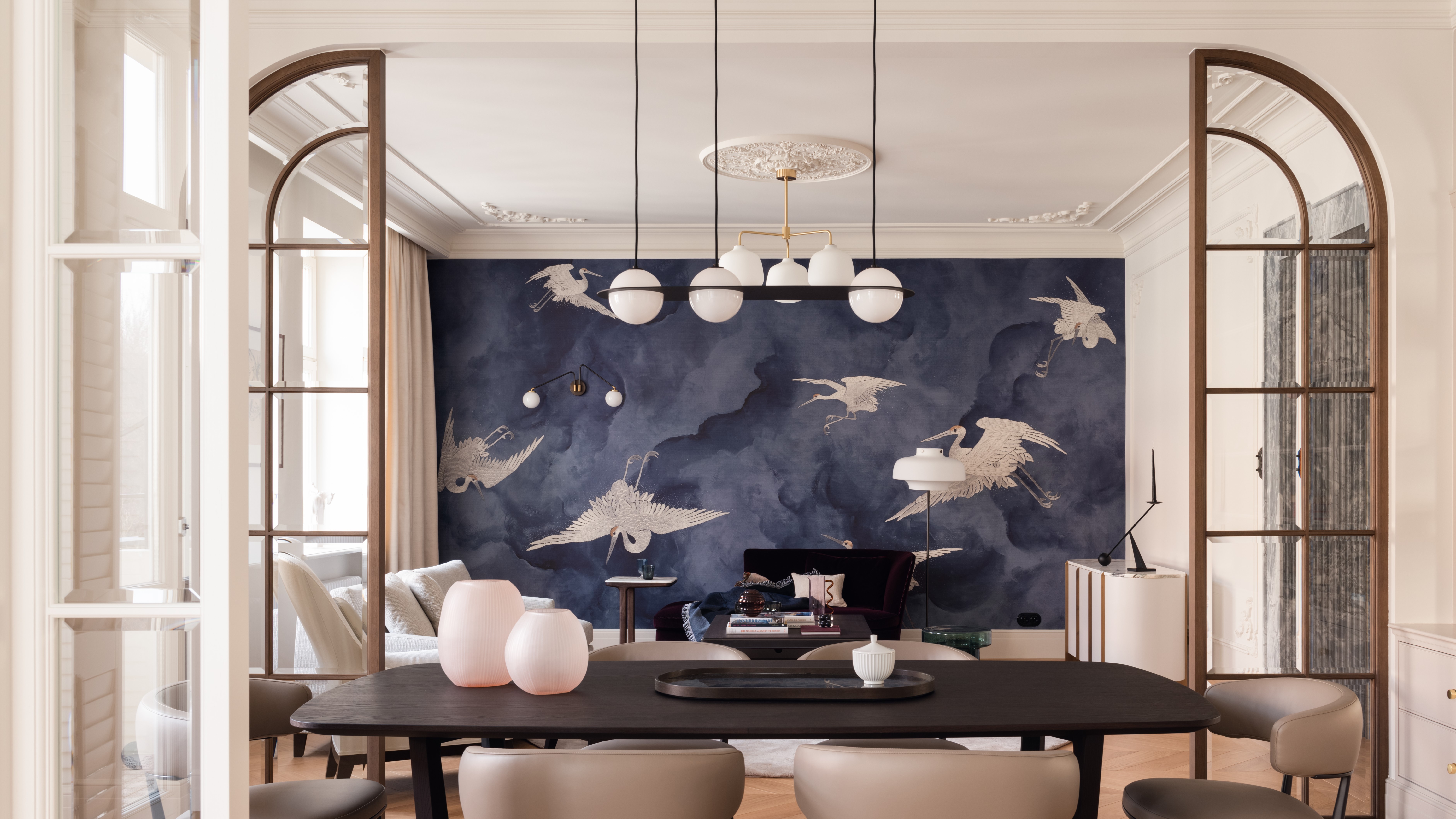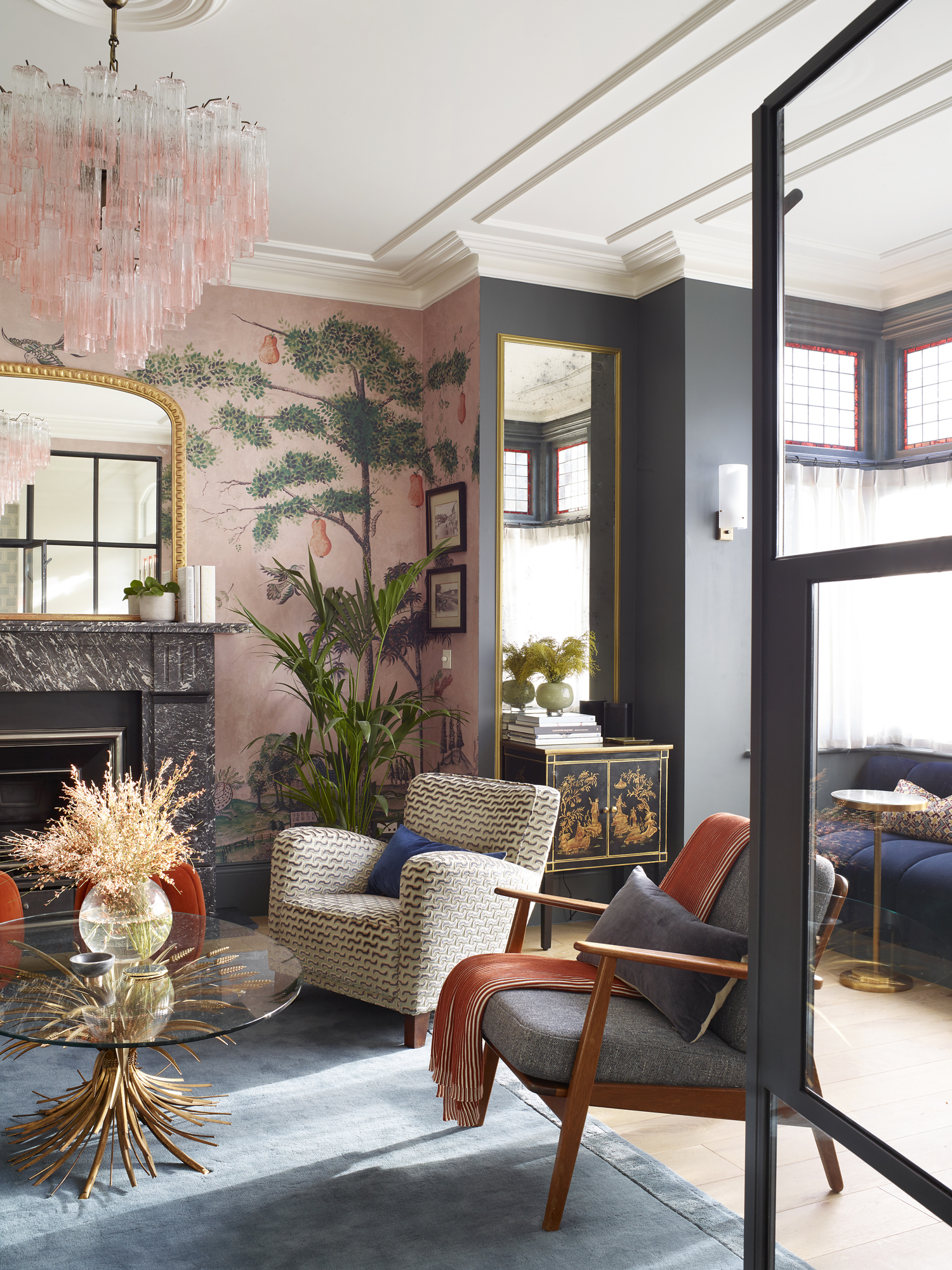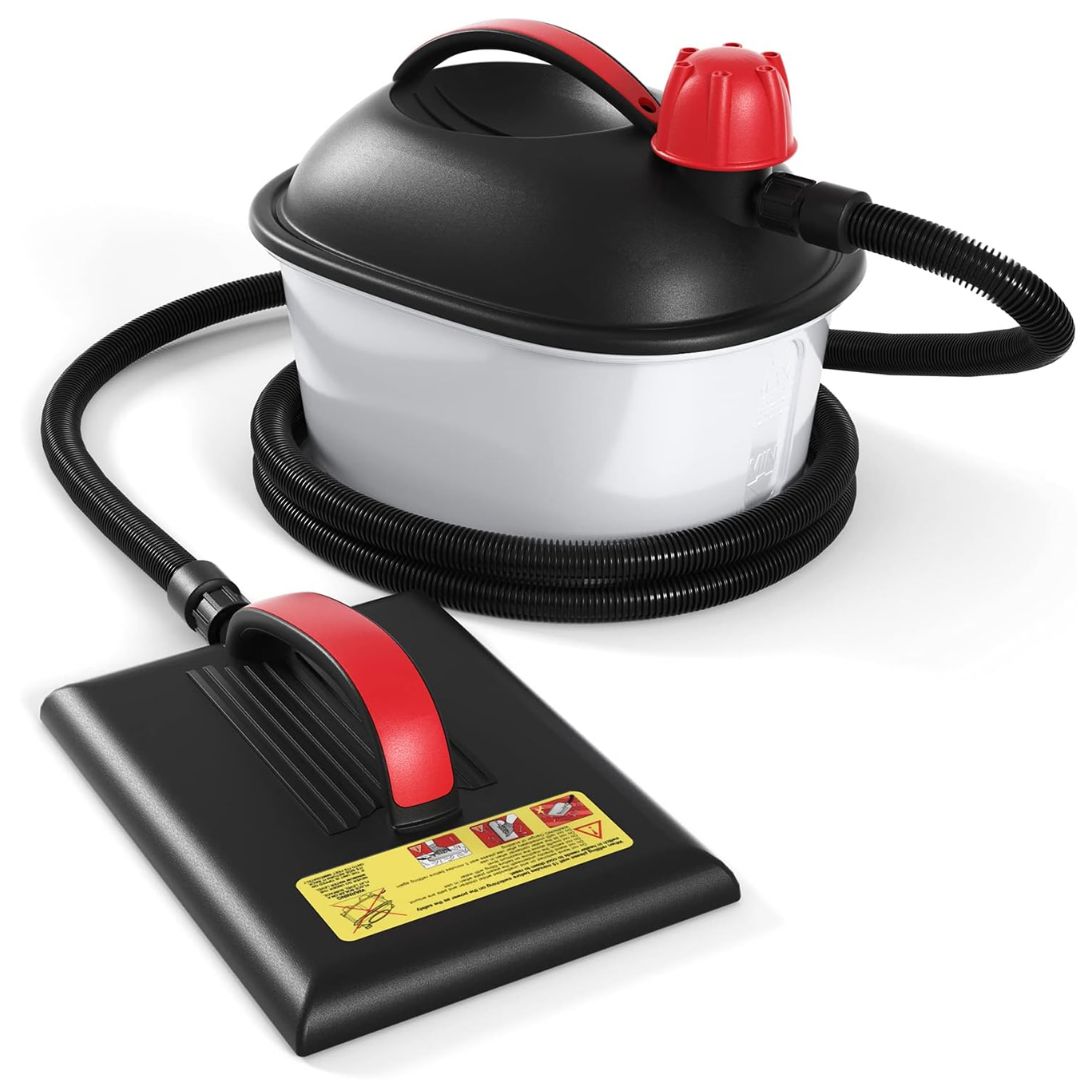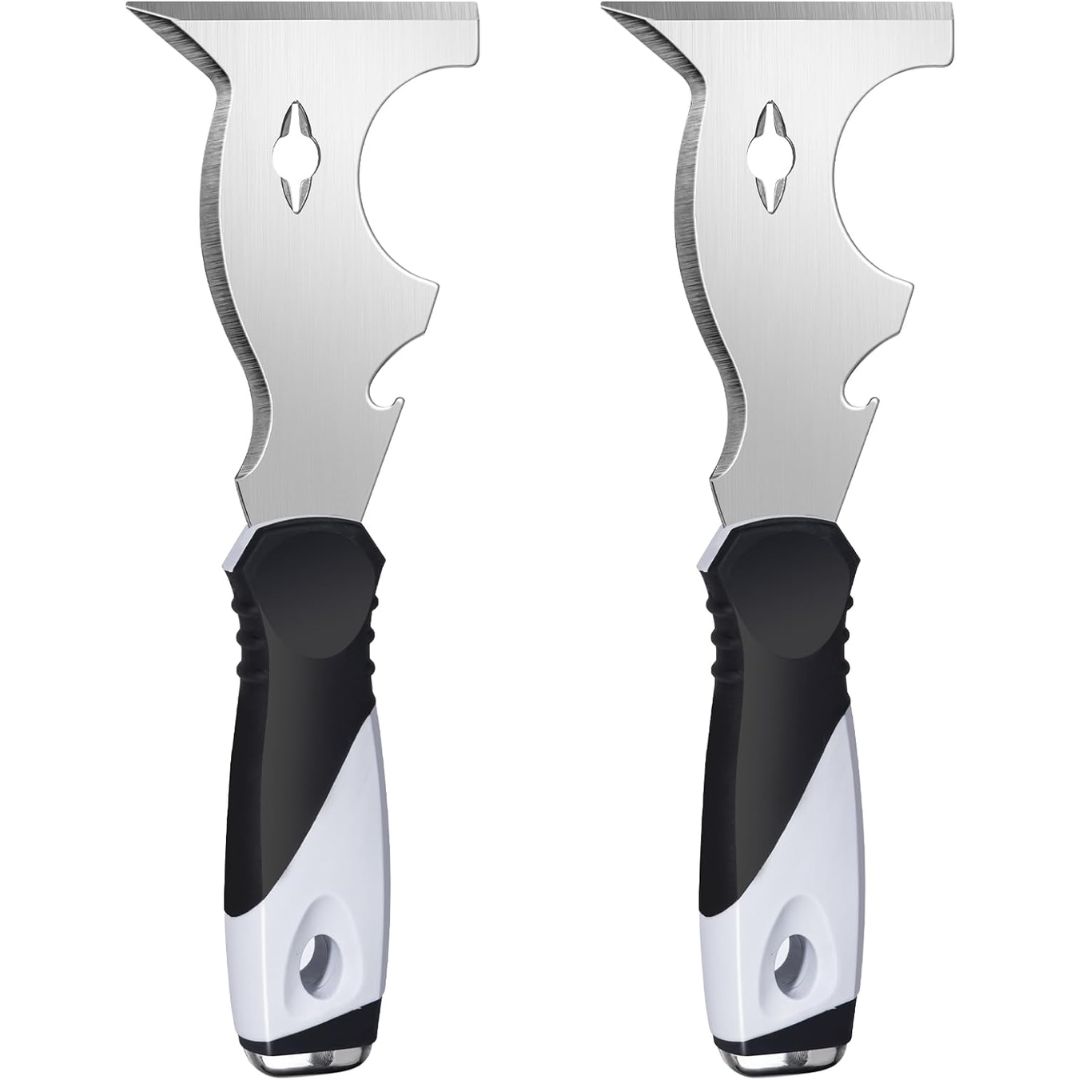3 tricks professional decorators use to remove wallpaper quickly and easily - 'it really shouldn't take too long!'
Wondering how to remove wallpaper? You don't need a professional to do this simple job. All you need is a few tools and a little patience


Tired of your old wallpaper and are wondering how to remove wallpaper to freshen up your space? As they say, what goes up has to come down eventually, and it's pretty simple to accomplish this task without it taking hours and hours, and without damaging your home's drywall. All you need is a few tools, and to keep some safety steps and removal techniques in mind.
To help you through the process, we reached out to professionals who offered tips and crucial advice to help you through the way. Take a look at methods of taking down wallpaper and enjoy this DIY project you can complete in a day.
What should you keep in mind before removing the wallpaper?

Removing bedroom, kitchen, or living room wallpaper is going to be a messy and wet affair, so make sure you and your house is well-prepared for it. Cover all the outlets and furniture so you don't get any dirt on them.
'Before removing the wallpaper, test a small area in an inconspicuous spot to ensure the wall underneath is in good condition,' says Jay Sanders, owner of Castle Dream Construction. 'If you are removing wallpaper from a textured wall, you may need to use a wallpaper scraper or putty knife to remove the adhesive residue.'
'Check for lead paint, especially in older homes, as disturbing it can be hazardous,' says Michael Gottron, owner of a family-run professional cleaning service, Germicidal Maids. 'If you find lead paint, consult a professional. Next, ensure you have the time and patience; this process can be time-consuming.'
'Also, before removing wallpaper, it's important to protect the floor and any furniture with drop cloths or plastic sheets,' says Rick Hernandez, president & owner of Sepi Painting & Waterproofing. 'Also remember to switch off electricity in the area, especially if working near outlets or switches, to ensure safety.'
3 ways to remove wallpaper
1. Use a steamer
Whether you have a permanent or temporary wallpaper, one of the easiest ways to remove it is with a steamer.
The Livingetc newsletters are your inside source for what’s shaping interiors now - and what’s next. Discover trend forecasts, smart style ideas, and curated shopping inspiration that brings design to life. Subscribe today and stay ahead of the curve.
'One of the most common ways to remove a wallpaper involves softening the adhesive using a solution or a steamer, and then gently scraping off the wallpaper with a knife,' says Rick.
Try peeling a small portion of the paper to see if it can easily be removed without tearing. 'Strippable wallpapers may come off easily by pulling from a corner, while others might require more effort. It's essential to proceed gently to avoid damaging the underlying wall surface.' It might seem like a big investment, but you can get steamers like this one from Amazon for less than $60.
2. Consider the water, sprayer and putty knife method
To remove your bedroom or kitchen wallpaper more systematically, use the water-based stripping method.
'You'll need a five-gallon bucket, a pump sprayer, plastic to cover your floor, plenty of blue, heavy-duty shop paper towels, a putty knife or 5-in-1 tool, dish detergent, and hot water,' says Bill Nishanian, owner of Nash Painting. 'Unless you plan to replace the floor, cover it completely in plastic before you begin. Use heavy-duty tape to affix the plastic to the baseboards. Fill a five-gallon bucket with hot water and add Dawn dish detergent. Then roll out six to eight feet of paper towels, soak them in the bucket, and lift them out without wringing. Spread the wet paper towels across the area of wallpaper you want to remove, continuing until it's all covered.'
'The damp paper towels should stick to your walls,' says Bill. 'Fill the pump sprayer with the hot soapy water solution and spray the paper towels intermittently to keep them damp. After 10 to 15 minutes, peel back a small section of the blue paper towels and check the wallpaper with a putty knife or five-in-one scraper. If the wallpaper comes off easily, you can remove the paper towels and begin to scrape off the wallpaper. If it's not ready, keep it wet for a little longer and try again. If this doesn't work, you likely have vinyl-backed wallpaper. If this is the case, you'll need to use the scoring tool to create holes so the water can get to the back of the paper to loosen it.'
3. Create a homemade removal solution
Used as a natural paint remover, vinegar is also effective in taking down wallpaper.
'The water and vinegar method is a natural and efficient approach,' says Michael. 'Apply it to the wallpaper using a sponge or spray bottle, allowing it to soak in for about 15 minutes. This helps to loosen the adhesive.'
'I can recommend water and vinegar as a very effective method for removing wallpaper, especially wallpaper that's stubbornly hanging on,' says Andre Kazimierski, CEO, of Improovy Painters Chicago. 'Of course, first, you will want to carefully score the wallpaper so your solution can reach the adhesive. Then, the vinegar will help eat away the adhesive for easier removal.'
How to deal with a wallpaper you can't remove?
Some homes have extremely old wallpapers that have been around for generations. These may be installed on plaster walls instead of drywall – the latter of which is softer and more prone to dampness and gouging. In cases where the removal is extremely tedious, the question arises – can you paint over wallpaper?
'If the wallpaper comes off easy you are good, but if it is taking hours to remove then it might be best to seal the wallpaper and cover it up without removing it,' says Kelly Madris, owner of the Phoenix Arizona-based painting company, Marcel. 'Use a sealing product to seal the wallpaper if needed. You can also use an oil base primer to seal the edges of the wallpaper. Then you just paint over it. Sometimes it is easier than removing the wallpaper.'
3 wallpaper removal products to buy

Aditi Sharma Maheshwari started her career at The Address (The Times of India), a tabloid on interiors and art. She wrote profiles of Indian artists, designers, and architects, and covered inspiring houses and commercial properties. After four years, she moved to ELLE DECOR as a senior features writer, where she contributed to the magazine and website, and also worked alongside the events team on India Design ID — the brand’s 10-day, annual design show. She wrote across topics: from designer interviews, and house tours, to new product launches, shopping pages, and reviews. After three years, she was hired as the senior editor at Houzz. The website content focused on practical advice on decorating the home and making design feel more approachable. She created fresh series on budget buys, design hacks, and DIYs, all backed with expert advice. Equipped with sizable knowledge of the industry and with a good network, she moved to Architectural Digest (Conde Nast) as the digital editor. The publication's focus was on high-end design, and her content highlighted A-listers, starchitects, and high-concept products, all customized for an audience that loves and invests in luxury. After a two-year stint, she moved to the UK and was hired at Livingetc as a design editor. She now freelances for a variety of interiors publications.


